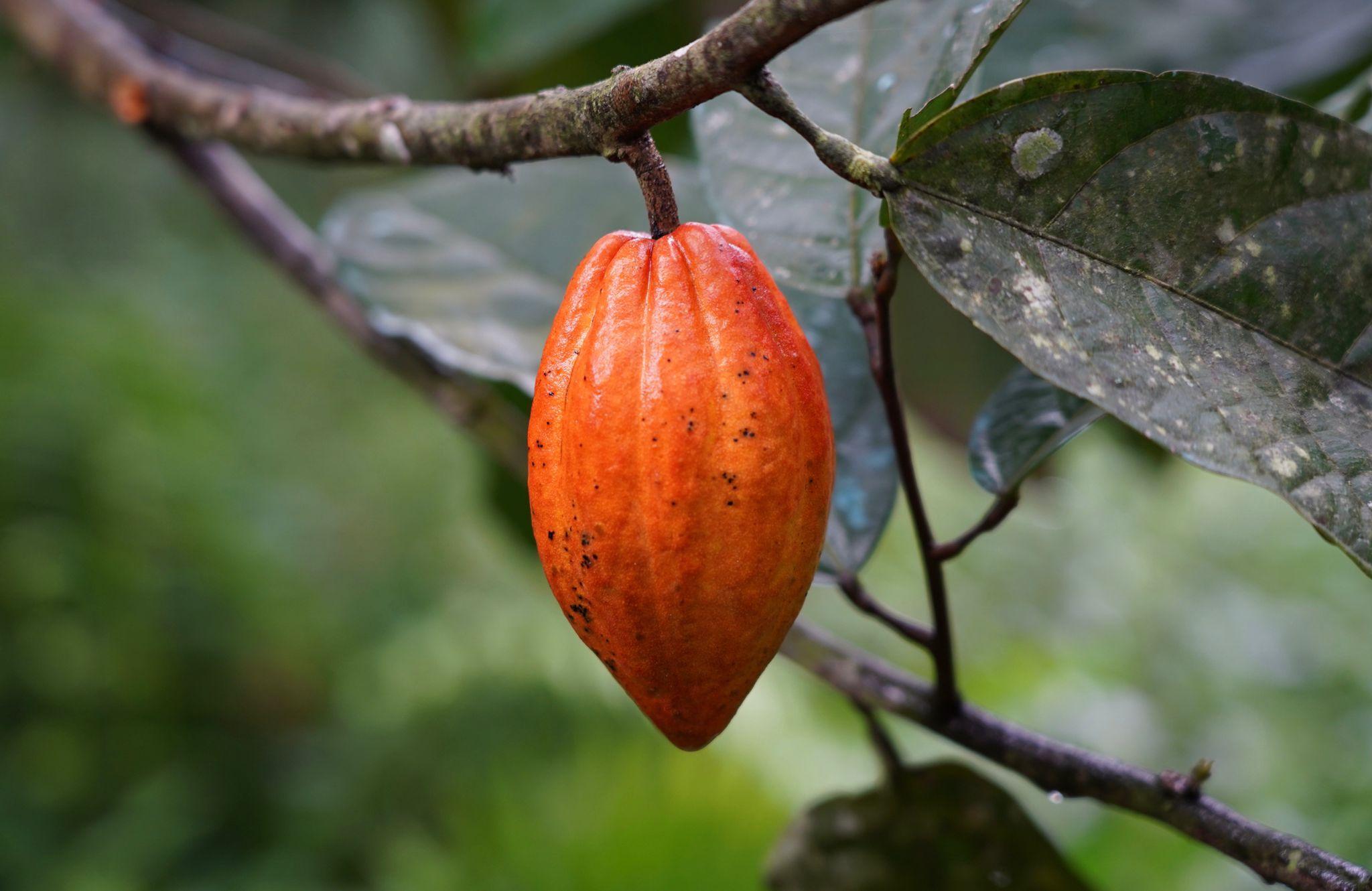
Everything You Always Wanted to Know about Cacao Genetics
We would love to always know and communicate the true genetics of cacao. Unfortunately it’s not that easy…
Often a guess or assumption is made based on the “shape” or “morphology” of cacao pods, and then linked to the history of the region, but this is certainly not conclusive!
While the morphology of a cacao pod can give us some indications on which genetic group a plant might belong to, it is no real scientific evidence or proof of the genetic trail. It is very difficult to guess the genetics of a tree just by looking at the fruits or seeds. DNA fingerprinting makes it possible to pinpoint specific plant traits and accurately identify cacao genetics.
What is DNA Fingerprinting?
DNA fingerprinting is a laboratory technique used to establish a link between biological evidence and a suspect in a criminal investigation. A DNA sample taken from a crime scene is compared with a DNA sample from a suspect. If the two DNA profiles are a match, then the evidence came from that suspect. Conversely, if the two DNA profiles do not match, then the evidence cannot have come from the suspect. DNA fingerprinting is also used to establish paternity.
So, let’s awake the little Sherlock Holmes in yourselve and discover a bit more ;-)
What has DNA fingerprinting of Theobroma cacao learned us?
In the past, advances in breeding cacao has been constrained by several factors, including a long breeding cycle of the tree, lasting often 3-5 years before generating sufficient fruit, restrictions in land availability for large breeding trials, and arduous stress factors such as short term climatic variation (El Niño), longer term global warming, high labour costs, depletion of soil fertility, poor plant productivity, lack of breeding strategies to develop and distribute improved varieties, and outdated farming practices and diseases. Cacao has also been limited and often reduced in productivity by the self-incompatibility mechanism of the cacao tree and pollination inefficiency.
One of the problems encountered is the fact that the cacao seed cannot be stored for long periods due to its sensitivity to dehydration and temperature variation. Therefore , it is necessary to conserve cacao in universal living field collections as in Trinidad (CRC) or Costa Rica (CATIE). Despite the innovations in tissue culture and cryopreservation of cacao, cost-effective and efficient alternatives to conservation of cacao as living collections of trees are yet to be adopted. However, maintaining genetic resources as living collections is practically labor intensive, difficult and is also an expensive process.
Those complex breeding mechanisms in cacao will challenge the future of cacao, but will presumably be helped by the emerging genomics and the recent unravelling of the cacao genome.
How has the cacao genome been studied?
Researchers depicted the genome of Theobroma cacao (2010) which is actually a relative small genome and comprises of 10 chromosome pairs (2n=2x=10) which is build up with a little more then 400 Mbp (mega nucleotide base pairs) of genetic material, depending on the variety. The recent availability of whole genome sequences for several cacao varieties (Belize 97-61 B2 and Criollo and Matina 1-6, of Amelonado genetic group) has allowed identification and characterization of novel genes of interest to breeders and also development of molecular markers. The release of cacao genome sequences has also provided the way for rapid identification, functional and structural characterization of many gene families in cacao. The implementation of DNA fingerprinting techniques as a screening tool has been recently extensively used in rapid and accurate identification of cacao accessions. Restriction fragment length polymorphisms (RFLPs), random amplified polymorphic DNA (RAPD), amplified fragment length polymorphisms (AFLPs), microsatellites (SSR) and single nucleotide polymorphisms (SNPs) are some of the molecular markers commonly used in cacao molecular studies.
By those means candidate cacao genes identification have already been detected for disease resistance (Witches Broom’s disease, etc), drought tolerance and cocoa butter biosynthesis.
Why does the genetics of cacao intrests us at all?
Just like in other crops like apples, bananas, tomatoes, etc. genetics have a major economic impact. Controlling genetics can be done to increase yields, confer pest and disease resistance, provide resistance to herbicides, increase nutritional value, and last but not least better control quality and flavour! Though, in comparison with other crops, cacao genetics have not been studied a lot.
Globalization of cacao diseases and pests and the consequences of climate change will bring new challenges for the genesis of new and/or adapted cacao varieties to the possible emerging scenarios. Other desirable traits such as enhanced nutritional values may be demanded, mainly due to perceivable and increasing changes in the consumers markets. Changing regulations may lead seeking varieties with genetic predisposition for low uptake of cadmium (Cd) in the tree. This increasing demand will ultimately lead to new complementary collaborations with other specialists using new and innovative biotechnological tools.
There is a great demand for high quality cacao beans. Thus, to ensure long term sustainability of cocoa production, future research should focus on the development of improved cacao varieties that can both tolerate changing climates, authenticity of genetic claims, but also meeting the stringent quality criteria demanded by the chocolate world. Implementation of modern molecular tools in cacao biotechnology research will undoubtedly be an integral part of this process.
On the other hand, it is important to conserve the existing diversity of cacao genetics (in-situ or ex-situ), to not lose the wide range of autochthonous genetic material, and consequently the biodiversity of our ecosystems.
